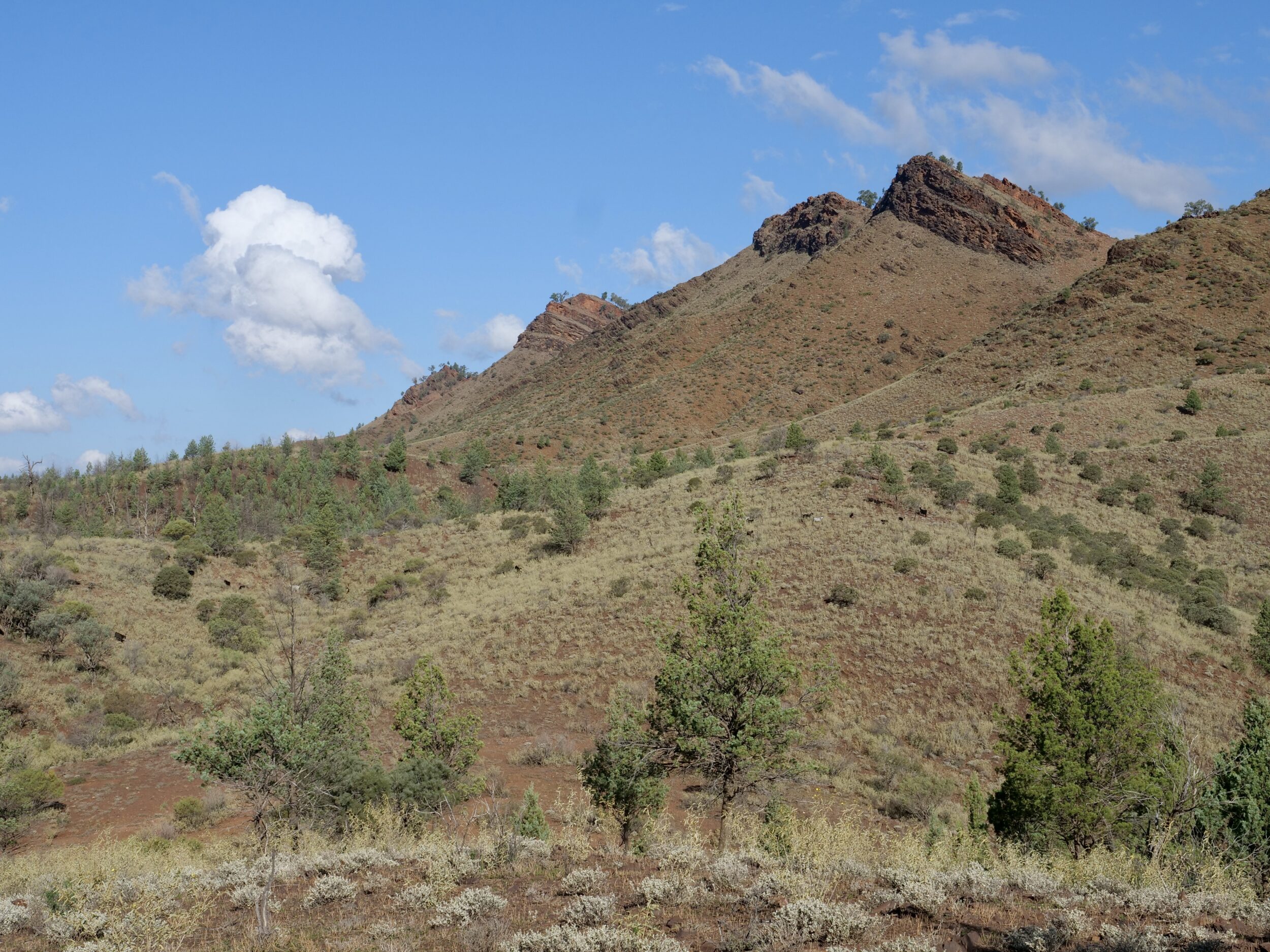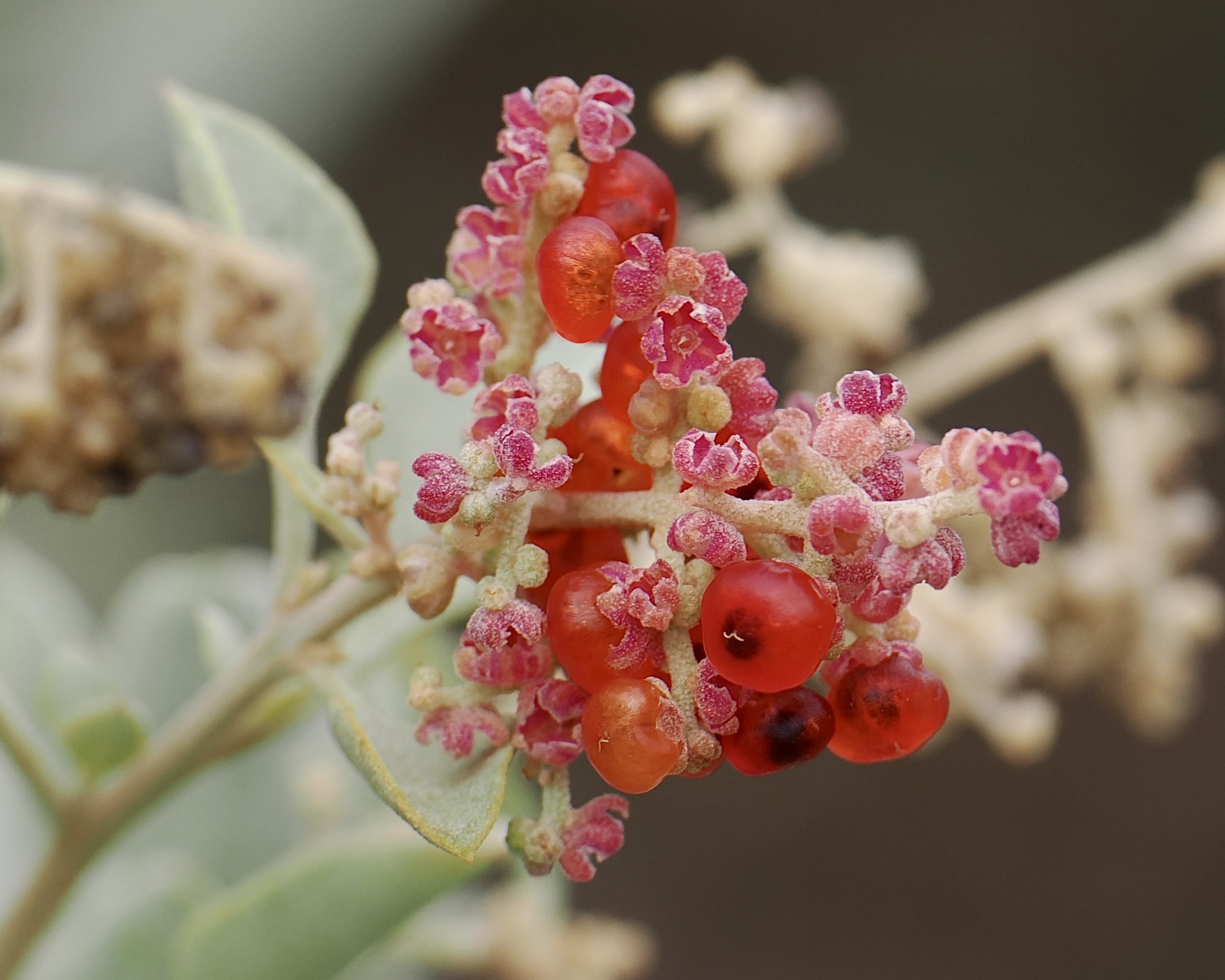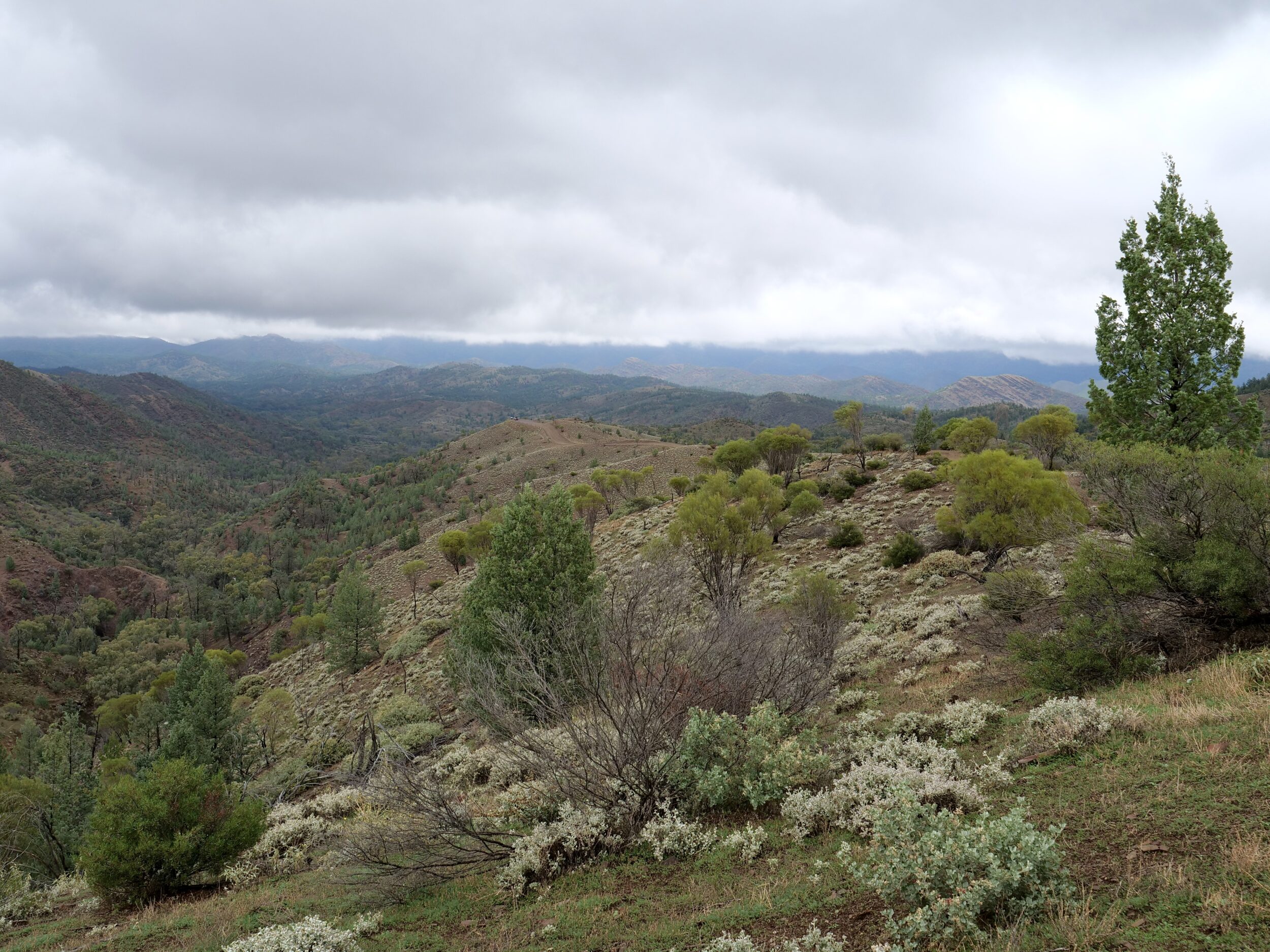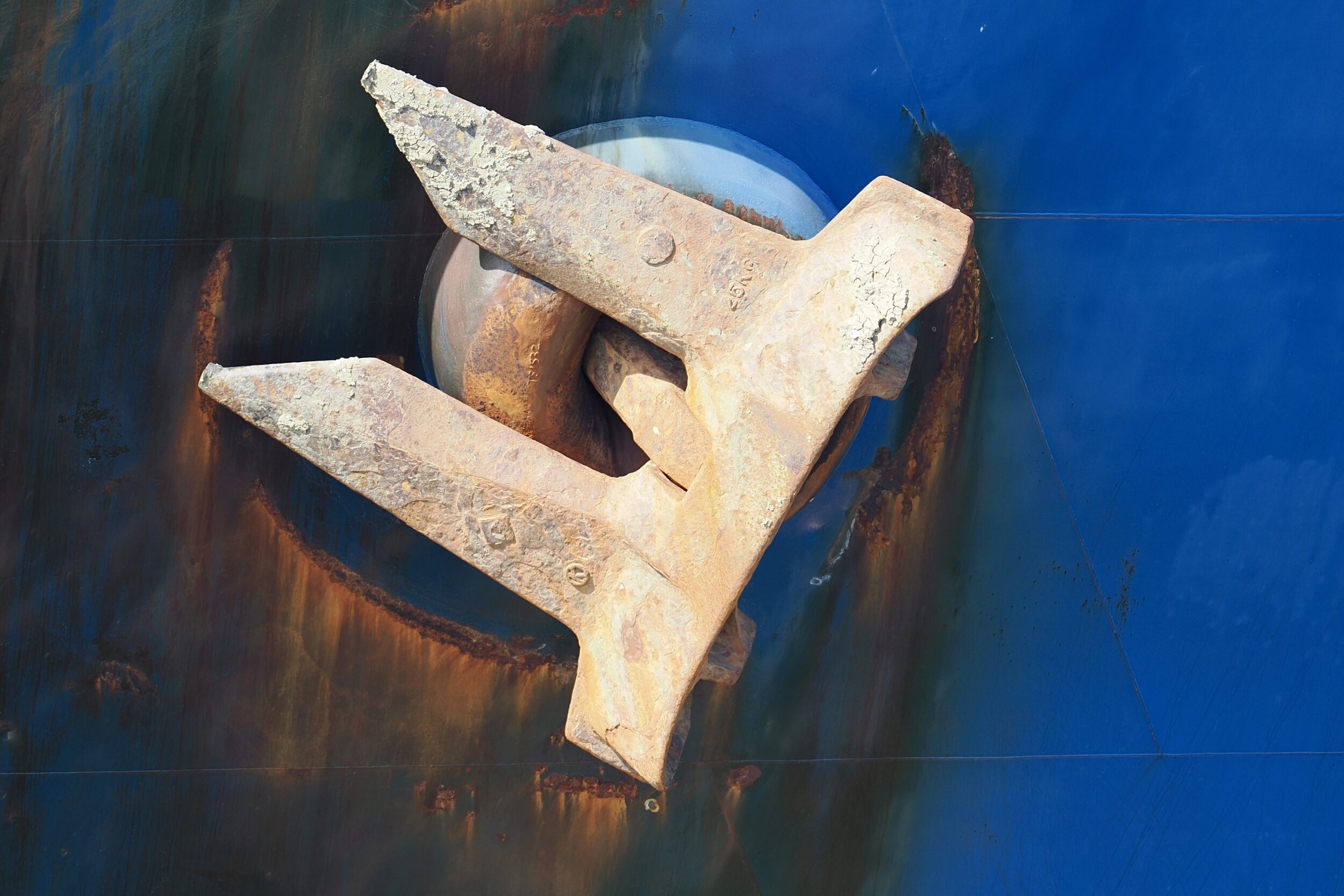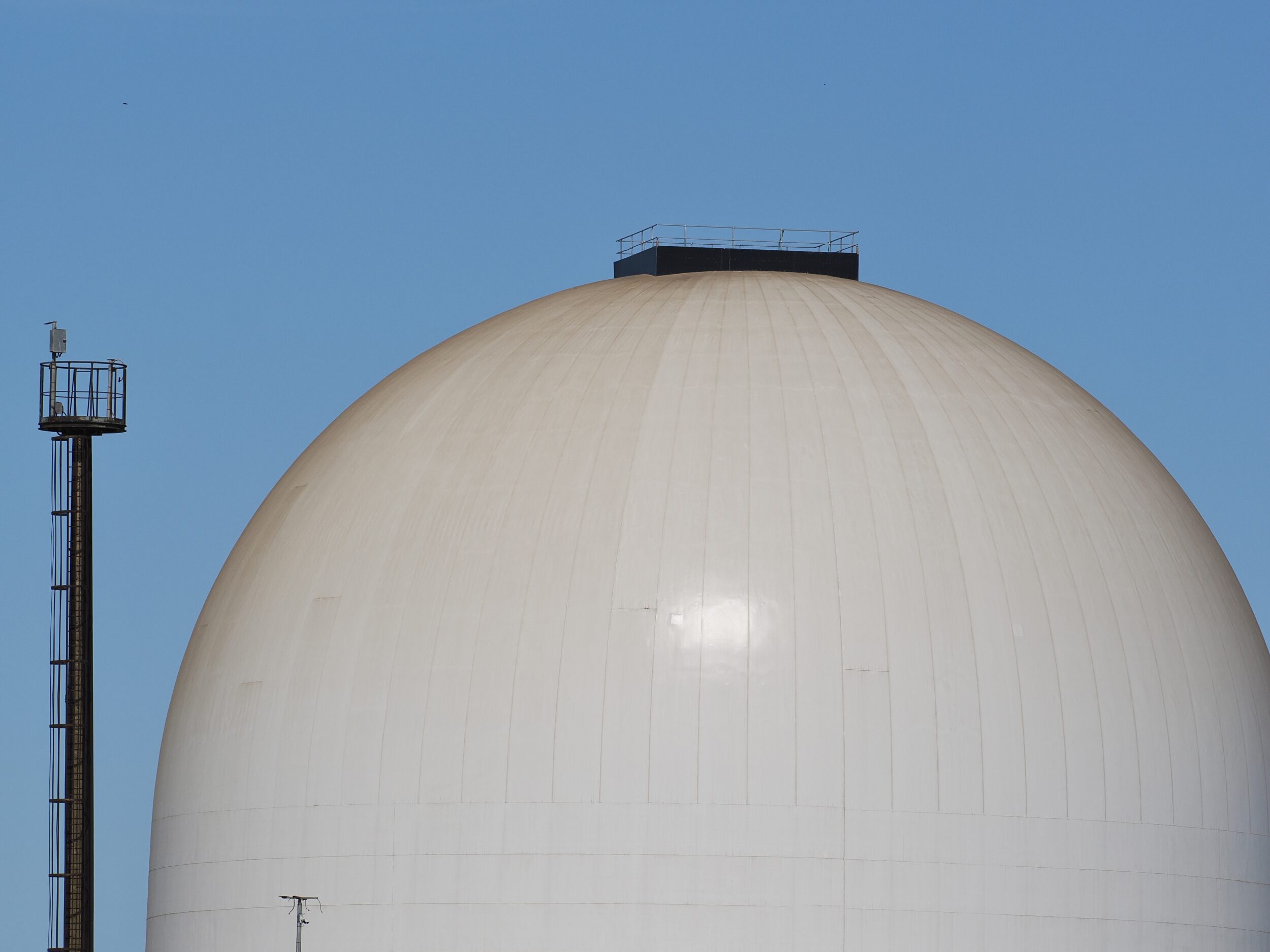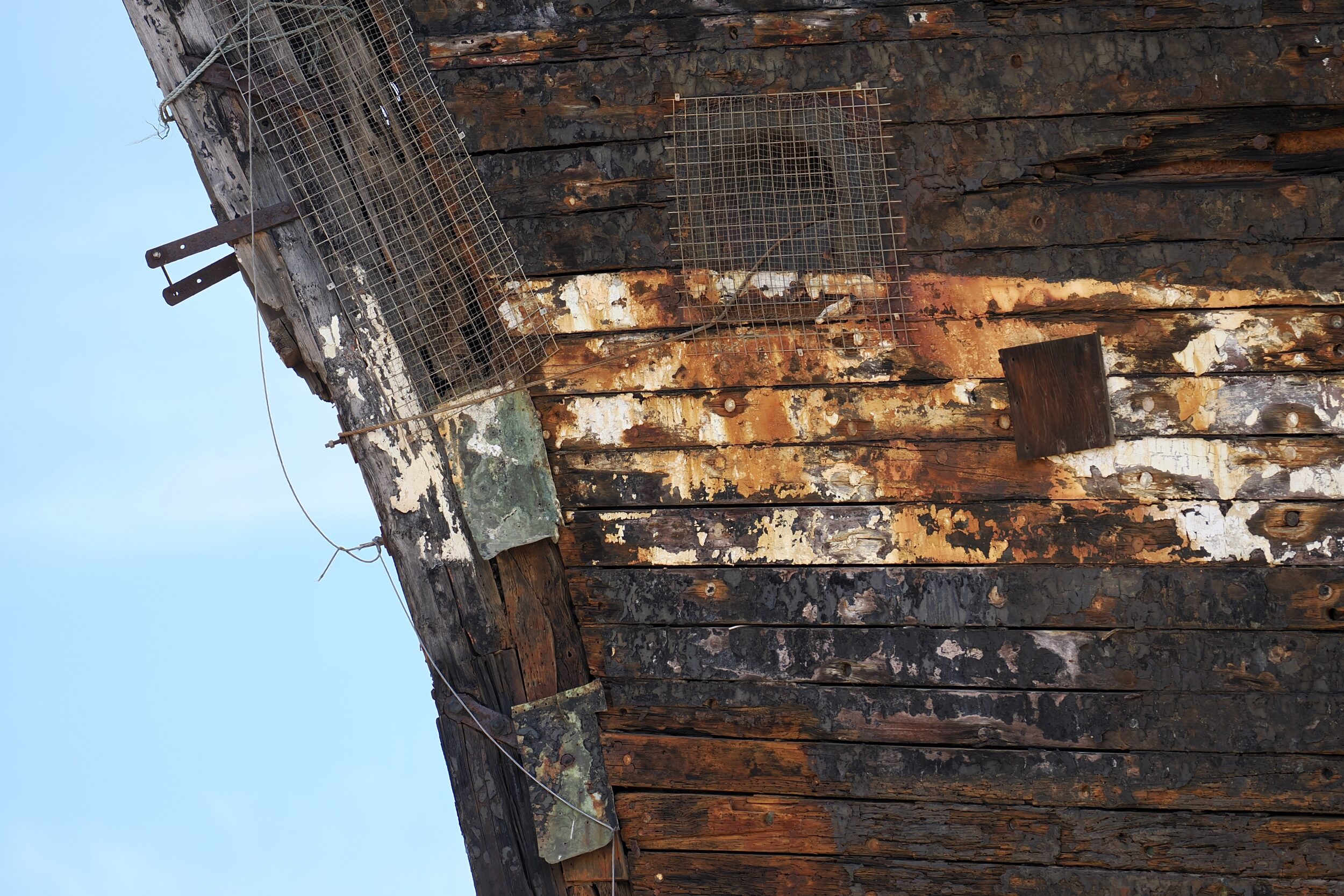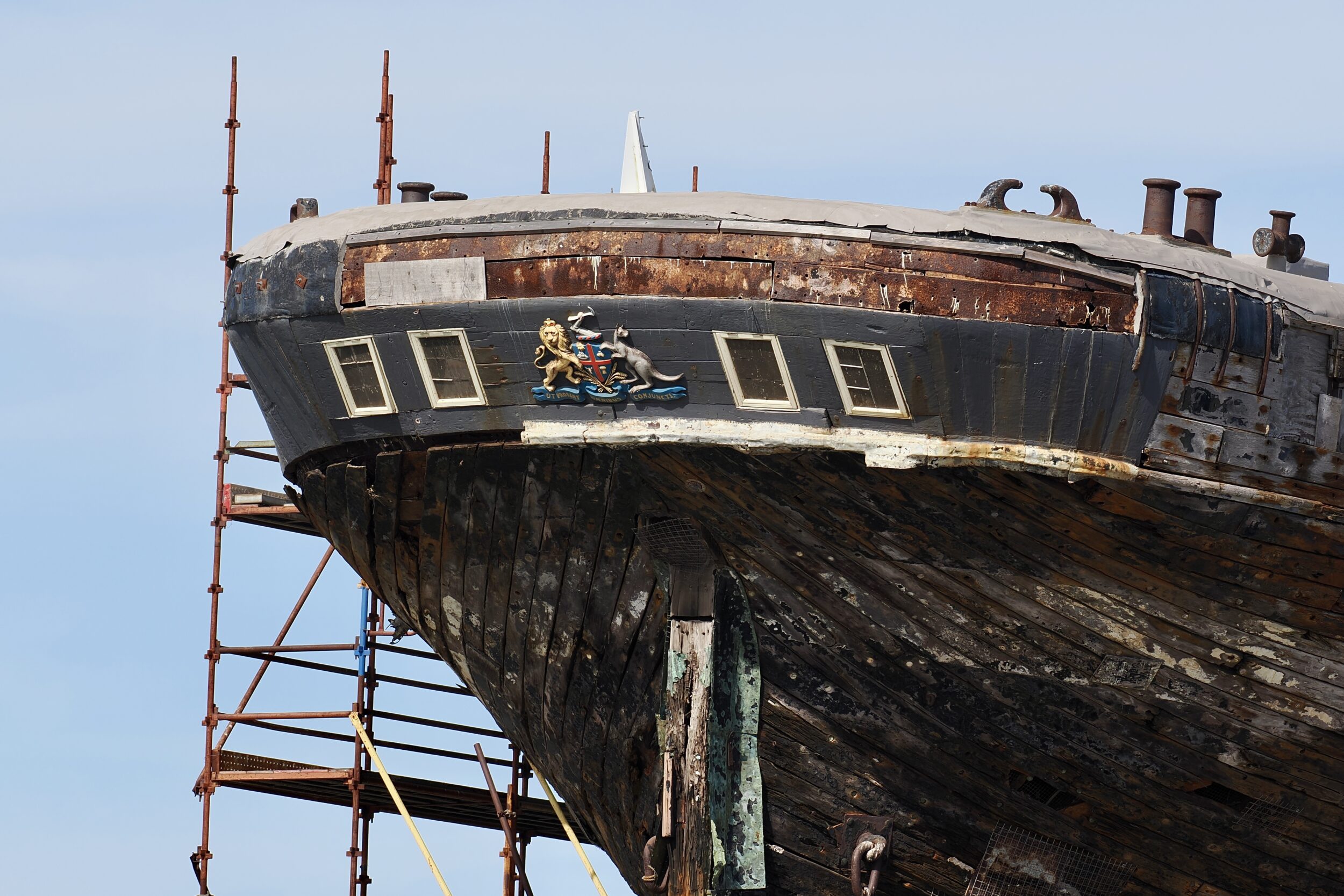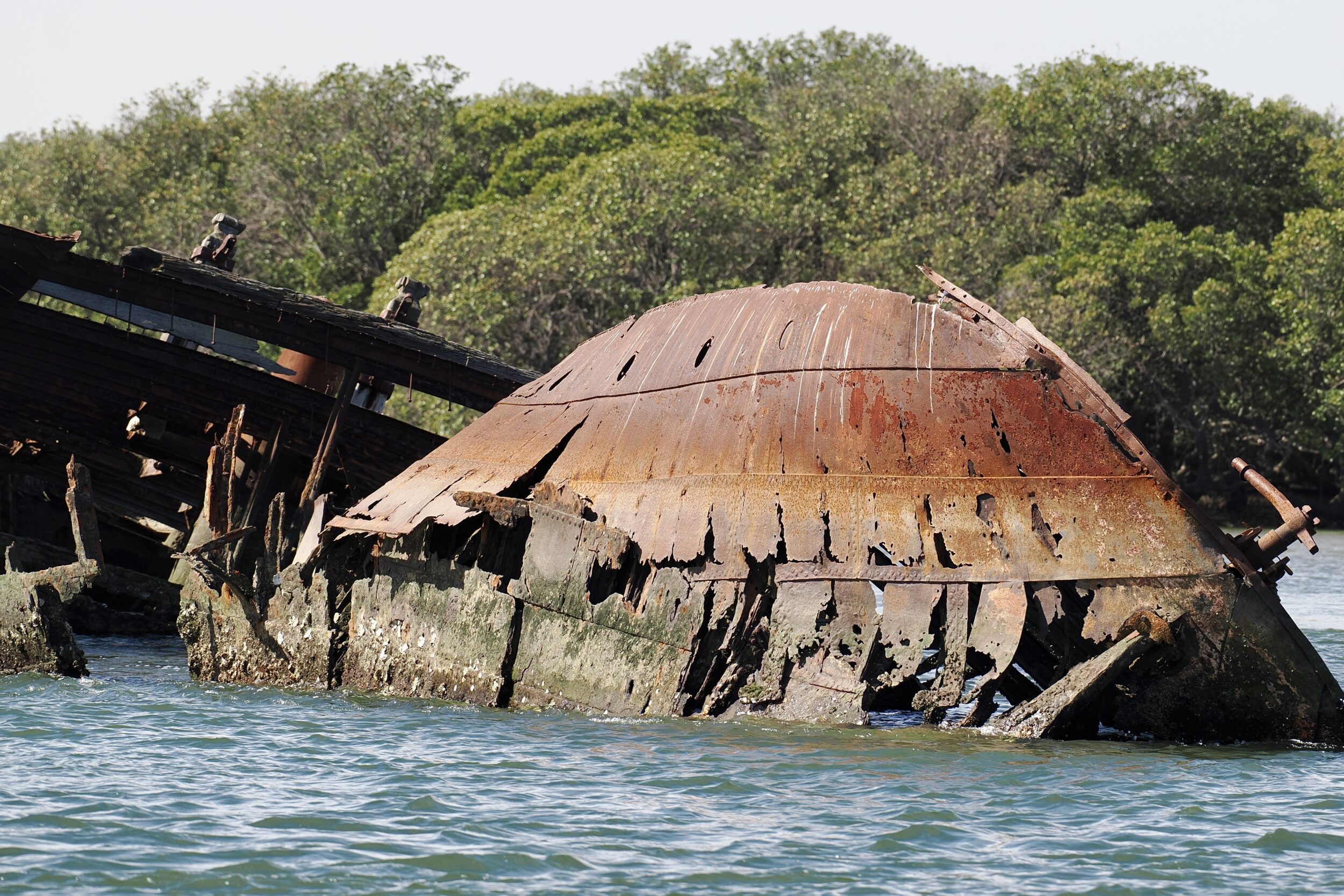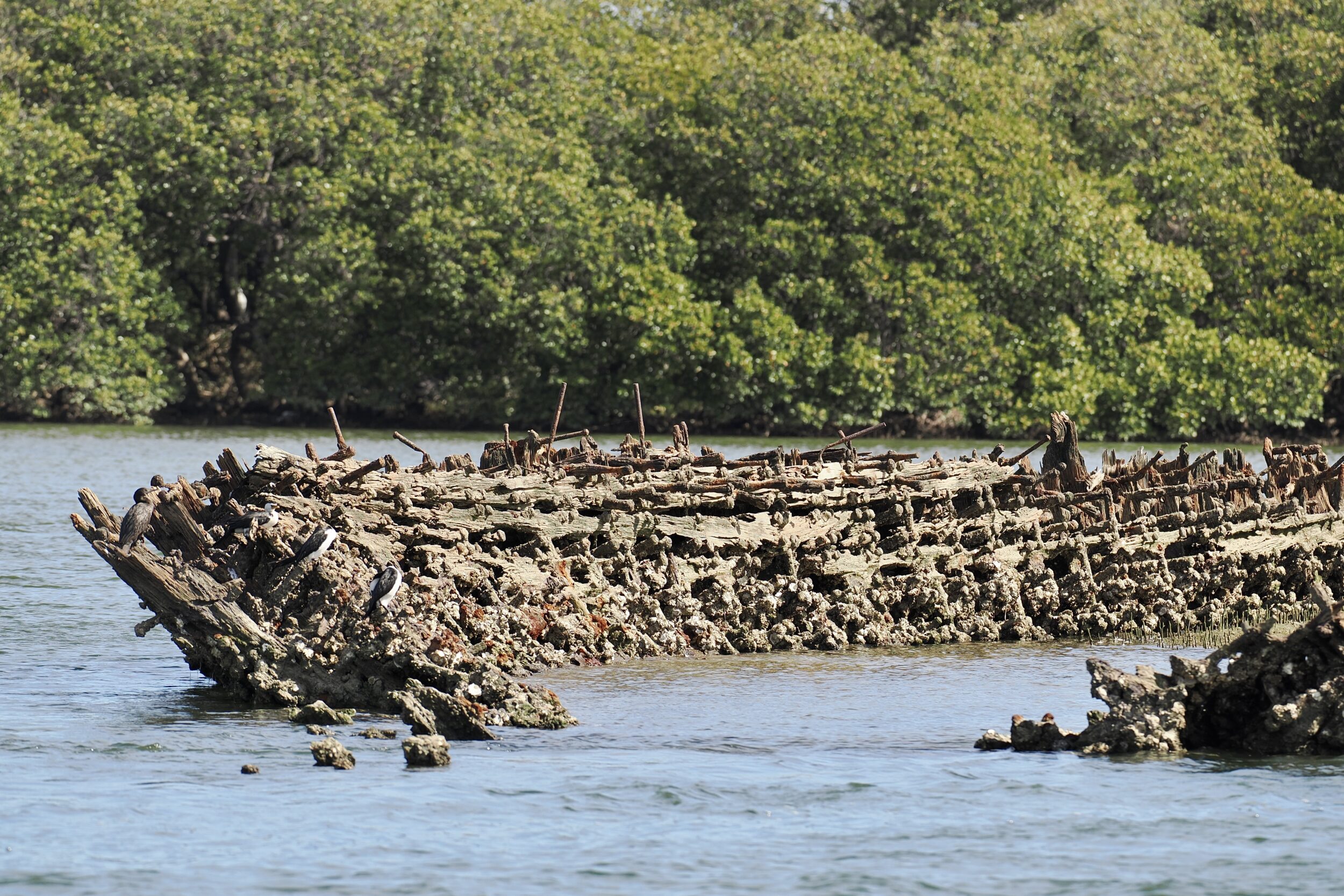This series’ “7” posts both feature a “landscape” photograph, but “7B” will offer a much closer view of one of the “7A” landscape’s four peaks.
Both featured images show just part of what is a striking landscape through all 360 degrees; that holds true through the entire length of Parachilna Gorge.
The gorge is on the western side of the northern Flinders Ranges, and is easily accessed from the nearby “town” of Parachilna.
Parachilna is within daytripping distance of Wilpena, but a much better idea is to stay two nights at Parachilna’s truly-wonderful hotel. (the hotel pretty much is the “town”)
Comments closed